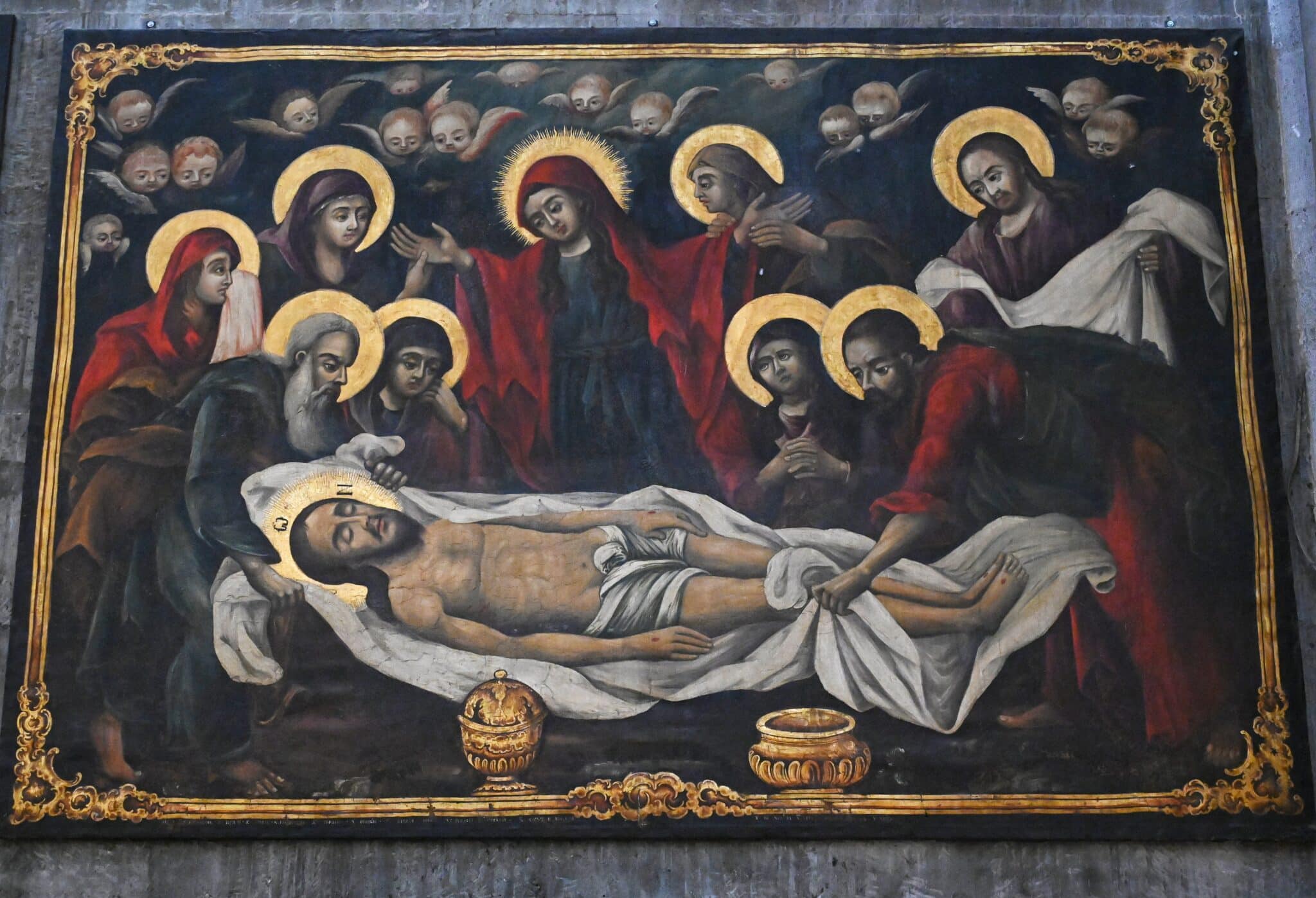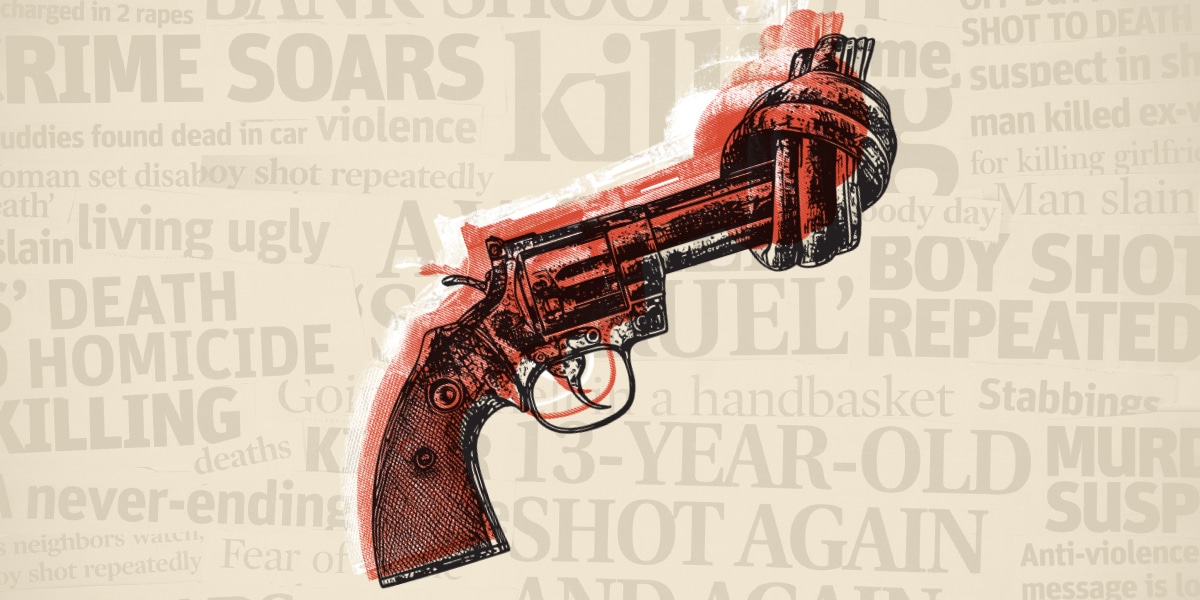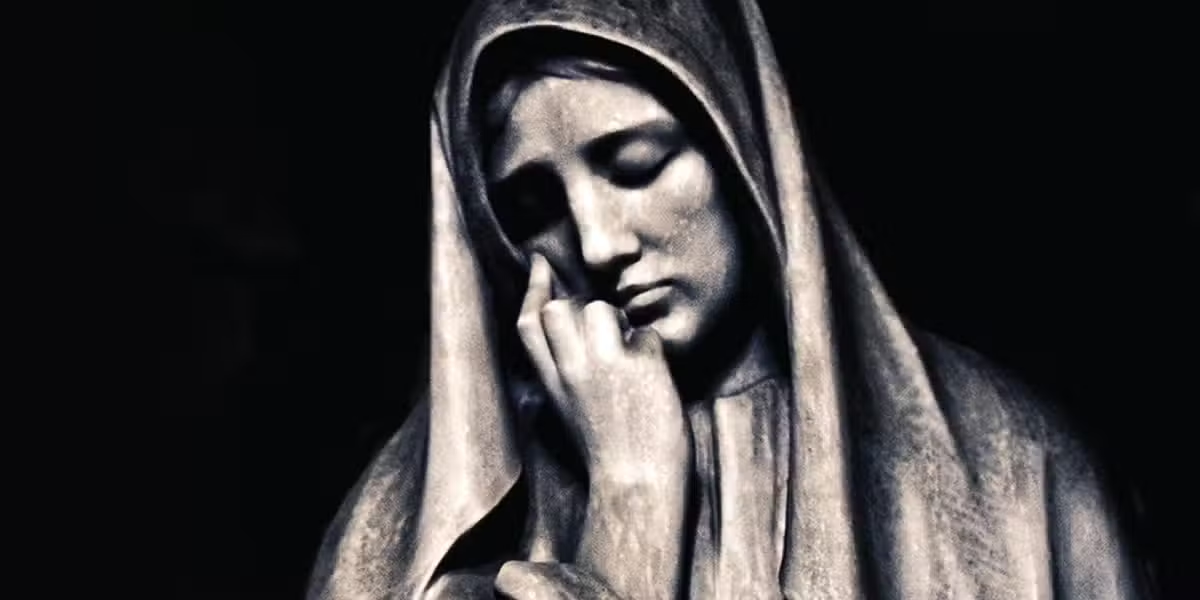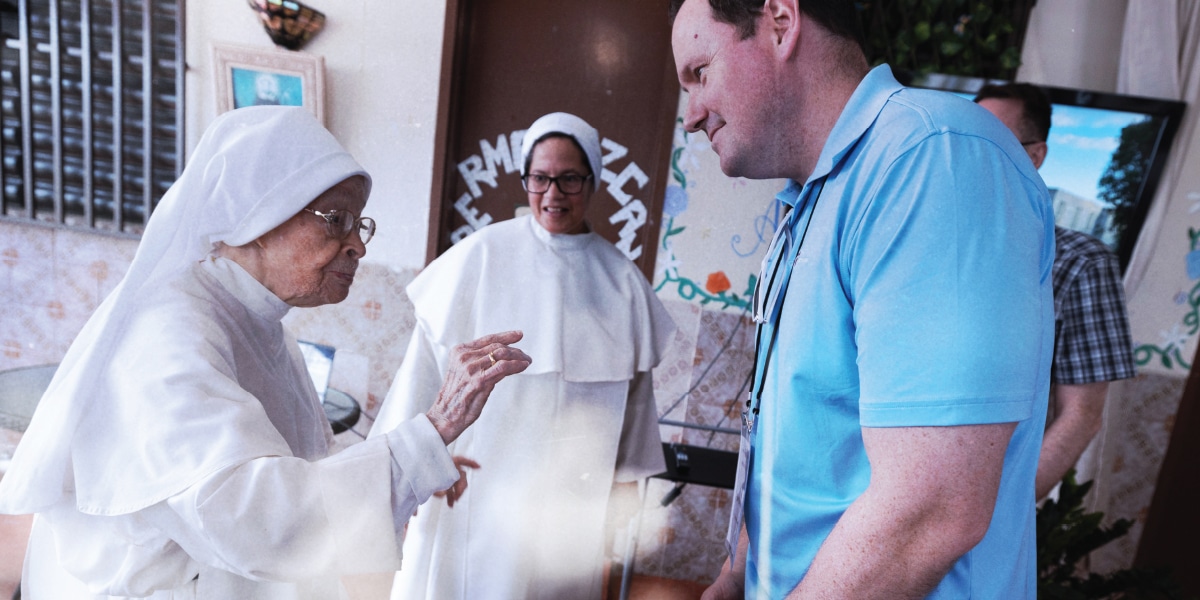(OSV News) — The first COVID-19 pandemic lockdown in Israel had just been declared in March 2020 when icon restorer Zarifis Zarifopoulos removed his shoes and placed a sturdy carton covering atop the traditional tomb of Jesus. In the cavernous Church of the Holy Sepulcher, there was a rare silence.
Above the tomb, there were three worn and faint icons: in the center, the Greek Orthodox icon; on the left, the Franciscan (Catholic) icon; and to the right, the Armenian icon. The icons were weathered by time, and only faint bits and pieces were visible on the stone wall.
Having already restored icons in some 115 churches in his native Greece, Jordan and the Holy Land — where he has worked for over almost a quarter-century — Zarifopoulos was about to embark on what would be the pinnacle of his spiritual vocation.
With clean socks, he stepped on the tomb and began his work.
“I worked for five hours and didn’t feel the time go by. I thought of all the priests who had come to pray here, how they must have felt,” Zarifopoulos told OSV News, describing the intensity of the experience in the first interview he has agreed to give about his restoration work in the Holy Land.
“When I came out of the tomb and a priest spoke to me, I realized how disconnected I had been. A person can feel (their faith) with their spiritual eyes; they don’t need all the decorations. It is something you feel in your heart,” he said.
Even three years later, when asked about those moments, his eyes reflect the emotional significance that the experience had on him. “It is something which is very difficult to put into words, even if you are a poet,” said Zarifopoulos, 55, who is originally from the city of Thessaloniki in Greece. “It was the same feeling I had when I entered into the Church of the Holy Sepulcher for the first time, only stronger. It is like something we feel when we pray. We feel it in our heart.”
The Church of the Holy Sepulcher traditionally encompasses the place of Jesus’ crucifixion, burial and resurrection. Sovereignty over it is shared by the Greek Orthodox Church, the Catholic Church — represented by the Franciscan Custody of the Holy Land — and the Armenian Orthodox Church, according to the 1852 Status Quo agreement first enforced by the Ottoman Empire, which controlled the area. The agreement also upholds the Coptic, Assyrian and Ethiopian Orthodox churches similar, but more minor, claims to the Church of the Holy Sepulcher.
Zarifopoulos worked on the restoration of some 20 icons both on canvases and walls inside the Church of the Holy Sepulcher for eight months during the pandemic. With the absence of international pilgrims, he often worked in silence alone, with priests being the only others present. His current workshop is located in the Ethiopian Orthodox Kidane Mehret Church on a small side street off of the bustling center of downtown West Jerusalem.
As the pandemic began to unfold, Zarifopoulos was completing work on the three icons in the Greek Orthodox church in front of the Edicule — where tradition holds is located the tomb from where Jesus was resurrected.
Zarifopoulos, who works through the Greek Orthodox Patriarchate restoring icons in churches of different denominations in Israel and Palestine, reflected over a recent morning cup of coffee that the pandemic was a special time for his work at the Church of the Holy Sepulcher.
The church icons, he said, are restored about every 200 years.
“I was lucky and blessed. This time it was me (who restored them). The next 200 years, it will be someone else,” said Zarifopoulos.
Traditionally, iconography has been passed down from teacher to student, though now the art can be studied at institutes around the world. Zarifopoulos is still deeply grateful to his own teacher, who agreed to take him on as an apprentice when he was 23 years old and taught him the craft of restoration of the sacred icon images considered to be representatives of the heavenly. More importantly, Zarifopoulos’ teacher introduced him to the spirituality of iconography.
“It is a feeling of respect because of the spirituality of the art,” he said. “Icons are part of liturgy, part of the prayer.”
Often, he already knows the significance and history of the saints whose icons he is restoring, especially of the Greek Orthodox tradition, he said. But other times — as in his current work, where he has been asked to restore icons in the Ethiopian Orthodox Church — he knows less. At those times, he researches about their life in order to have a connection with the historical person before he begins restoring the icon. He values knowing about the life of the saint, the color of his beard, the look in his eyes, the place and lifestyle he lived. It is also important to understand the cultural and geographical context within which the saint lived before converting to Christianity, said Zarifopoulos.
“The look in the eyes speaks to us. The face is speaking without words,” he said. “And while every saint had a different life, the Holy Spirit is for all the same inside.”
Zarifopoulos hopes pilgrims will come to the Holy Land and visit the Holy Sepulcher and other churches where he has worked, prepared to experience the icons with an open heart.
“I know there are a thousand people — restorers and painters — who are better than me,” he said with his ready smile. “I ask pilgrims who see the icons not to criticize me too much, but to feel them with their heart, so that when they return (home), the people around them will feel the difference (the experience has had) inside them.”
By Judith Sudilovsky | OSV News








2 thoughts on “Meet the artist who brings icons back to life in Jerusalem”
Hello,
There’s a beautiful historical little church “Ag. NICOLAOS” on the Island of Lesvos Greece village of “Petra”.
The original wall art has faded & in some areas non existant.
I was wondering what costs are involved to have my beautiful church restored & preserved. I also hv photos tucked away from my ’97 trip to Lesvos whereby you can see the frescos in a way better state.
Kindly & Blessed,
Lisa Fili
Melbourne VIC Australia
jeeplisa123@gmail.com
Mr. Zarifopoulos did a great job! I tried to catalogue all the icons he restored with English translation of the Greek text. I posted it here – https://dannythedigger.com/holy-sepluchre-greek-icons/